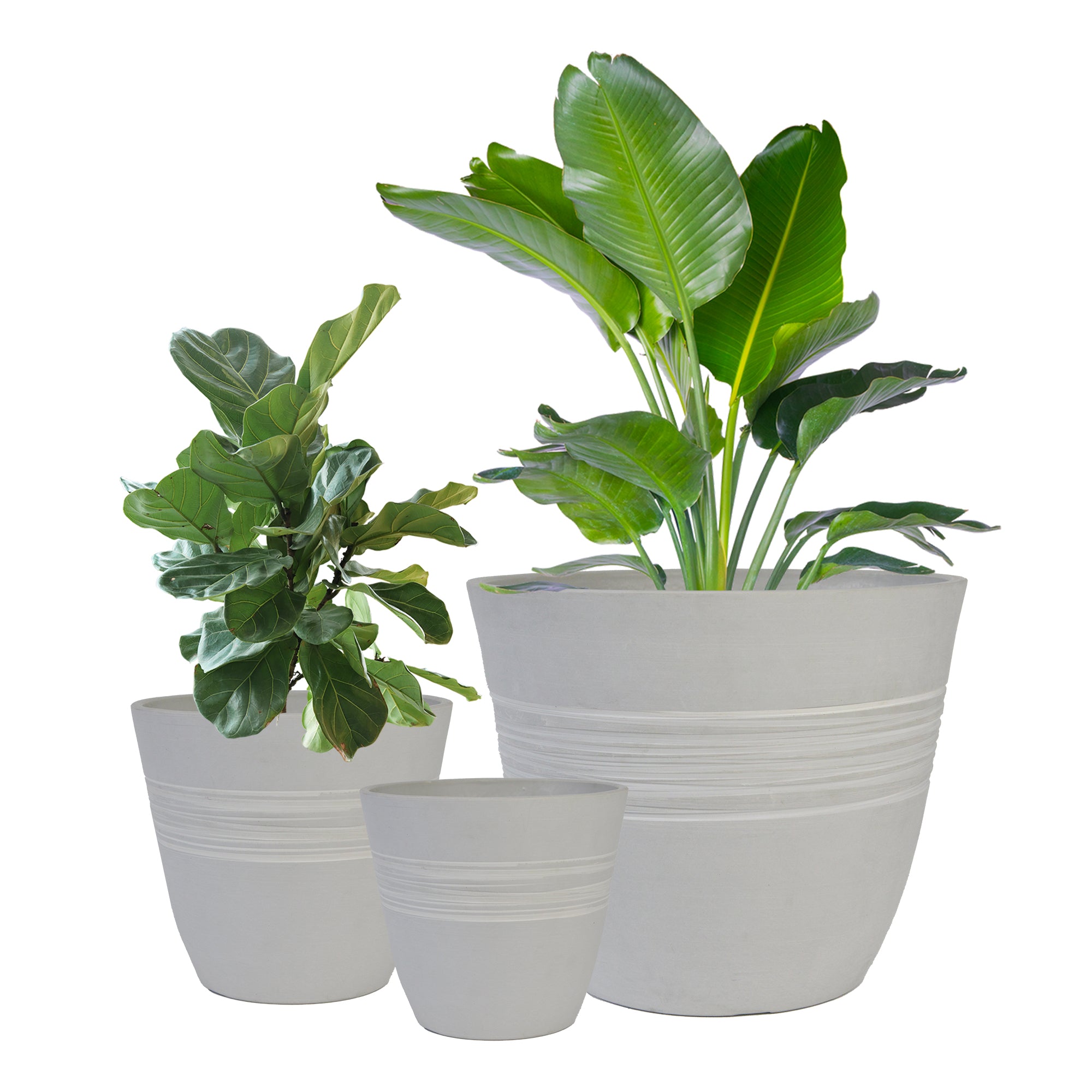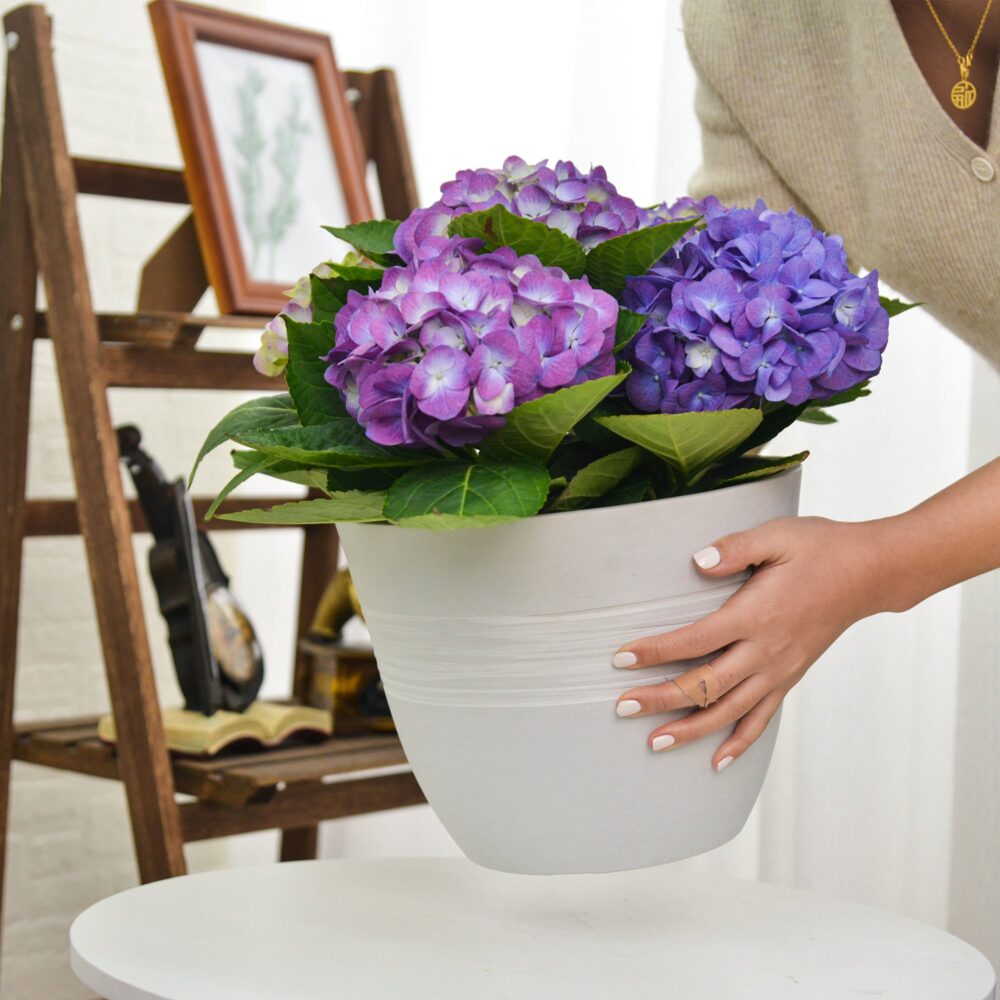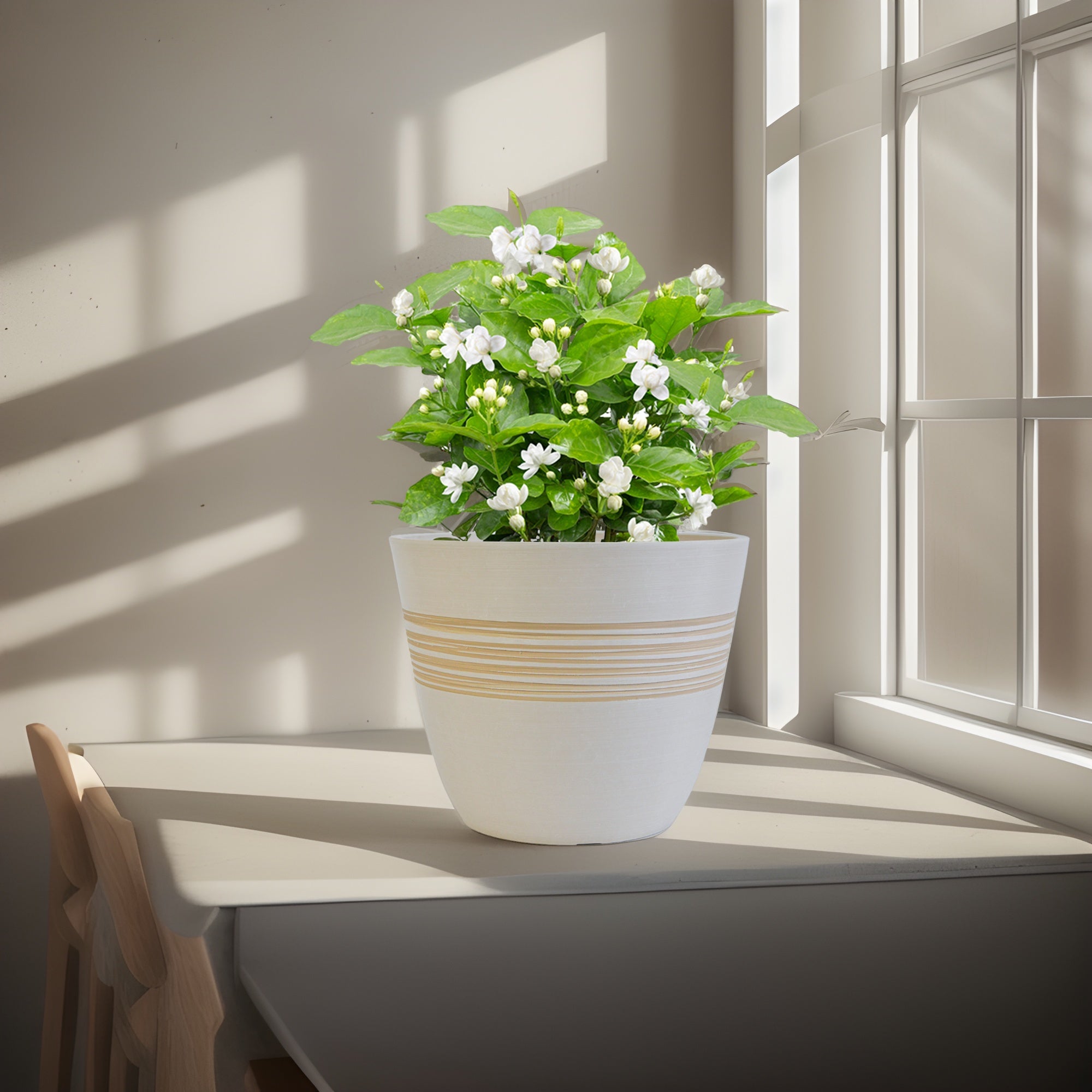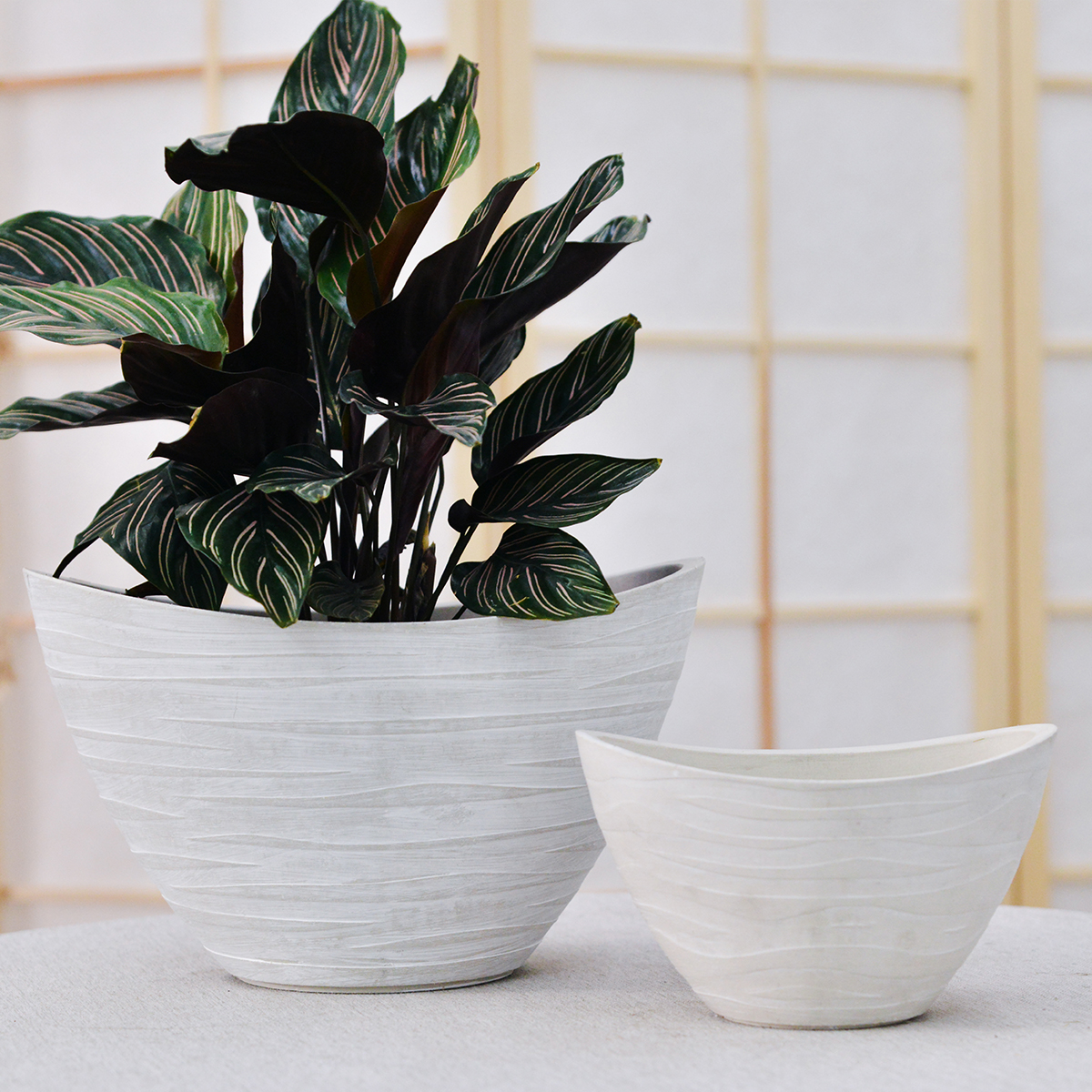Miniature Majesty: Your Guide to Caring for an Indoor Bonsai Tree
Bonsai, the ancient art of growing miniature trees in containers, brings a touch of tranquility and natural beauty to any home. While they may seem delicate, with the right care, your indoor bonsai can thrive for years. This guide covers four essential aspects of bonsai care that every beginner should know.

1. Watering: The Art of Balance
- The Key is Observation: Unlike regular houseplants, bonsai in their shallow pots dry out more quickly. The most crucial aspect of bonsai care is proper watering. Don’t water on a schedule; instead, check the soil moisture regularly.
- The Finger Test: Gently insert your finger about an inch into the soil. If it feels dry, it’s time to water. If it’s still moist, wait.
- Water Thoroughly: When you do water, water deeply until water drains freely from the drainage holes at the bottom of the pot. This ensures the entire root ball is saturated.
- Avoid Overwatering: Soggy soil is the enemy of bonsai roots and can lead to root rot, a common killer. Never let your bonsai sit in standing water. Empty the saucer beneath the pot after watering.
- Watering Techniques: You can water from the top with a watering can with a fine rose attachment, or you can submerge the entire pot in a basin of water for a few minutes until the soil is thoroughly soaked.
- Water Quality: Ideally, use rainwater, distilled water, or tap water that has been allowed to sit out overnight to dissipate chlorine.
2. Light: Providing the Right Exposure
- Most Need Bright, Indirect Light: Indoor bonsai generally require bright, indirect light for several hours each day.
- Ideal Spots: An east or west-facing window is often a good choice. South-facing windows can be too intense unless the light is filtered with a sheer curtain.
- Signs of Insufficient Light: If your bonsai’s growth is weak, the leaves are small or pale, or it’s not producing new growth, it likely needs more light.
- Consider Supplemental Lighting: If you don’t have enough natural light, you can supplement with a grow light.
- Rotate Your Bonsai: To ensure all sides of the tree receive adequate light, rotate your bonsai regularly.
3. Temperature: Avoiding Extremes
- Mimic Natural Conditions: While kept indoors, bonsai still benefit from experiencing seasonal temperature fluctuations, though less extreme than outdoors.
- Ideal Range: Most indoor bonsai thrive in temperatures between 65-75°F (18-24°C).
- Avoid Drafts and Extreme Heat/Cold: Keep your bonsai away from drafts from windows or vents, as well as direct heat from radiators or cold drafts.
- Consider a Cool Dormancy Period: Some temperate climate bonsai species benefit from a cooler (but not freezing) dormancy period during the winter. Research the specific needs of your bonsai species.
4. Pruning: Shaping Your Miniature Tree
- Essential for Bonsai: Pruning is crucial for maintaining the bonsai’s shape, encouraging dense growth, and keeping it in proportion to its container.
- Two Main Types of Pruning:
- Structural Pruning: This involves removing larger branches to establish the basic shape and style of the bonsai. This is usually done during the dormant season or early spring.
- Maintenance Pruning: This involves regularly trimming new growth to maintain the desired shape and size. Pinching back new shoots with your fingers or using sharp bonsai shears are common techniques.
- Defoliation (Optional): Some bonsai enthusiasts practice defoliation (removing all the leaves) on certain species at specific times of the year to encourage smaller, more numerous leaves. This is an advanced technique.
- Research Your Species: The specific pruning techniques and timing will vary depending on the type of bonsai you have.
Beyond the Basics: Other Important Care Aspects
- Repotting: Bonsai need to be repotted periodically as their roots outgrow their containers. This is typically done every 1-3 years, depending on the age and growth rate of the tree. Repotting allows you to refresh the soil and prune the roots to keep the tree compact.
- Soil: Use a well-draining bonsai-specific soil mix. These mixes typically contain components like akadama, pumice, and lava rock to provide good drainage and aeration.
- Fertilizing: Bonsai still need nutrients, but because they are in small containers, they require regular fertilization during the growing season. Use a balanced liquid bonsai fertilizer diluted to half strength every 2-4 weeks. Reduce or stop fertilizing during the dormant season.
- Pest and Disease Control: Regularly inspect your bonsai for signs of pests or diseases. Address any issues promptly with appropriate treatments.
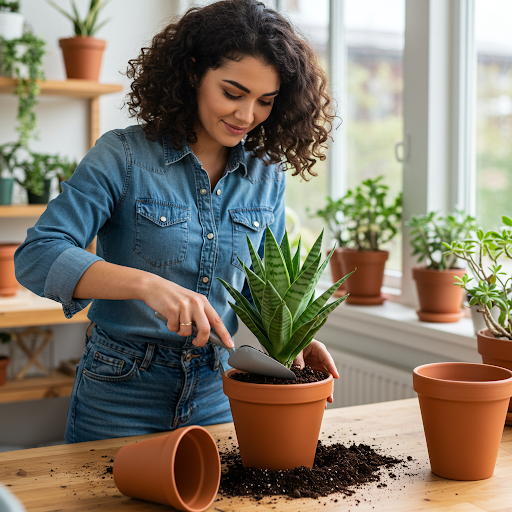
Choosing Your First Indoor Bonsai:
For beginners, some popular and relatively easy-to-care-for indoor bonsai species include:
- Ficus (various types)
- Chinese Elm (Ulmus parvifolia)
- Jade Plant (Crassula ovata)
- Hawaiian Umbrella Tree (Schefflera arboricola)
Conclusion:
Caring for a bonsai tree is a rewarding journey that combines horticultural skill with artistic expression. By understanding the fundamental needs of your miniature tree – proper watering, adequate light, stable temperatures, and regular pruning – you can cultivate a living work of art that brings beauty and serenity to your home for many years to come. Don’t be afraid to start your bonsai adventure and enjoy the process of nurturing your tiny tree.
Plant Pots 6 inch 8 inch 12 inch for Indoor Outdoor Plants, Set of 3 Modern Decorative Planter with Drainage Hole, Decorative Flower Pots
By greenship-seo|2025-04-10T06:38:40+00:00January 16, 2025|Categories: Hand-carving Series|Tags: Decorative Flower Pots|
20T
By greenship|2024-08-13T06:42:22+00:00August 13, 2024|Categories: Hand-carving Series|
Planter for Indoor Outdoor Plants, Set of 2 Modern Decorative Plant Pots with Drainage Hole, Decorative Flower Pots
By greenship-seo|2025-01-14T12:26:44+00:00January 14, 2025|Categories: Hand-carving Series|Tags: Decorative Flower Pots|
20VD
By greenship|2024-08-13T06:43:41+00:00August 13, 2024|Categories: Hand-carving Series|
Planter for Indoor Outdoor Plants, Set of 2 Modern Decorative Plant Pots with Drainage Hole, Decorative Flower Pots
By greenship-seo|2025-04-10T07:46:01+00:00January 9, 2025|Categories: Hand-carving Series|Tags: Decorative Flower Pots, Self-Watering Pots|
20YB
By greenship|2024-08-16T05:37:57+00:00August 16, 2024|Categories: Hand-carving Series|

